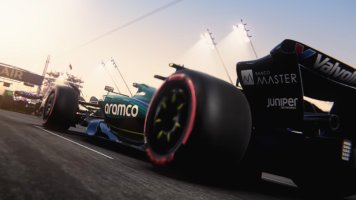stigs2cousin
Premium
@Andrew_WOT :
you´ve really put a lot of work into researching this
Good to know that "simulators work as a training tool" is scientifically proven.
On the other hand the hypothesis that " G forces effect the pedal forces" is only mentioned, not proven experimentically, so anecdotal "evidence" at best.
Also there is no prove that there is only one way to set up brake pedals "the right way".
In the end this is just another internet argument to pass the time, we will not agree on one solution.
What we can take from this is that it is highly beneficial to experiment with simulator settings, what "feels right" sitting in the rig may not give optimal performance in the long run.
MFG Carsten
you´ve really put a lot of work into researching this
Good to know that "simulators work as a training tool" is scientifically proven.
On the other hand the hypothesis that " G forces effect the pedal forces" is only mentioned, not proven experimentically, so anecdotal "evidence" at best.
Also there is no prove that there is only one way to set up brake pedals "the right way".
In the end this is just another internet argument to pass the time, we will not agree on one solution.
What we can take from this is that it is highly beneficial to experiment with simulator settings, what "feels right" sitting in the rig may not give optimal performance in the long run.
MFG Carsten










